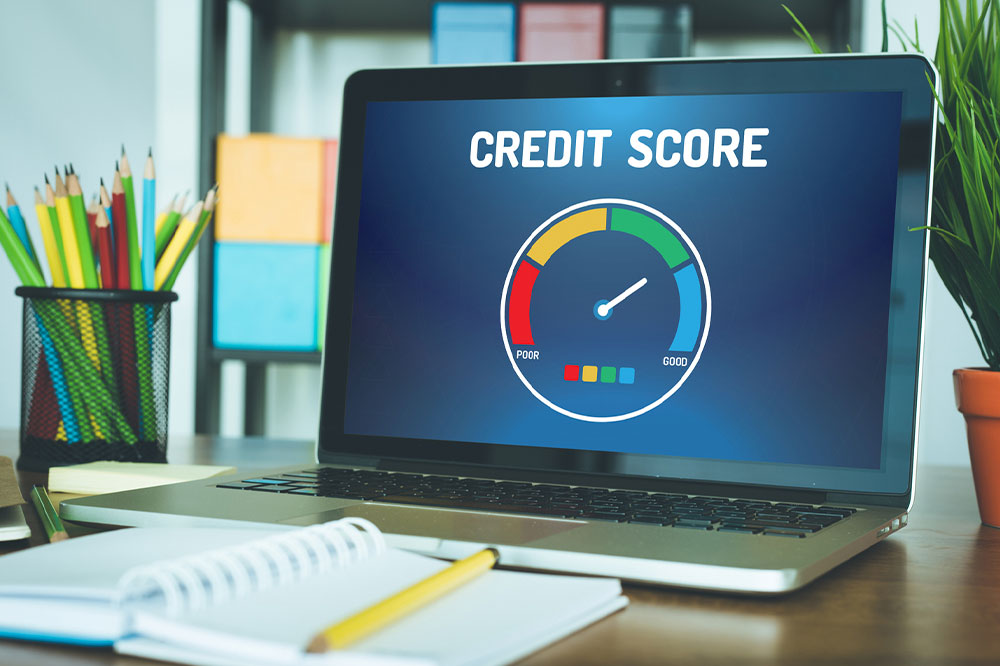
6 tips to rebuild credit score
Today, a high credit score is necessary because it makes getting loans easier, and purchases faster. It’s difficult to rebuild a ruined credit score than to start over from scratch. Rebuilding one’s credit score is similar to regaining lost reputation in the eyes of credit card issuers and moneylenders. Rebuilding one’s credit score requires timely repayment of debt and restraint with one’s spending. Here are tips and ideas for quick credit score recovery:
Understanding the basic mechanics of a credit score
Before one begins the proverbial steps to recovery of their credit score, it is important to understand the factors that influence it. Certain factors need to be considered when determining a person’s credit score. Firstly, it is important to check if a person pays their bills on time. If not, then how many instances have they defaulted on their payments? Alternatively, if a person has previously declared bankruptcy, it shows on their credit score.
Apart from bill repayment, lenders and banks also check whether an individual has any outstanding debt on their account. Such debts drastically impact one’s credit rating. Additionally, if people apply for too many credits in a short time (a few weeks or months), their score decreases.
The length of a person’s credit history is also a crucial factor in determining their score. An individual’s credit history is a record of credit purchases they make, bills repaid, and credit borrowed. If the history is short, then the credit score tends to be on the lower side.
Keeping the credit utilization ratio below 30 percent
An entity’s credit utilization ratio is the percentage of its credit card balance at any point in time compared to its overall credit limit. If this ratio is below a certain threshold, the person in question manages their finances and controls their spending efficiently. Credit companies generally want individual credit scores to hover between the 0 to 30 percent mark to approve loans or other forms of credit.
For example, if an individual has two credit cards with credit limits of $3,000 each and a debt of $600 owed on one card, their credit utilization ratio is 10 percent, or, in other words, the amount owed ($600) divided by the total credit limit ($6,000).
Paying bills on time
This is arguably the main component of a person’s credit rating. People need to pay their bills and existing credit lines on time. A person’s payment history is considered when banks approve or reject loans.
Frequent instances of late payments often precede a poor credit score. In fact, if a person falls behind on their EMI payments on credit purchases or loans, the default payment records stay on their credit report for an incredible 7.5 years. Moreover, the more payment defaults a person makes, the more this period keeps getting compounded.
If certain bills have gone to collections, people need to focus on the ones wherein their account is open. Reestablishing one’s credit score may be a long road, but the first few steps to recovery involve being disciplined and resilient while making bill payments.
Using a secured credit card
Using a secured credit card is an effective avenue for repairing one’s creditworthiness. A secured card involves users paying a cash deposit upfront to guarantee their credit line. Individuals can use this card to purchase products and services like a regular credit card.
Credit lenders tend to be slightly lenient when a secured card reflects on a person’s credit report. Moreover, as users have made a minimum payment on time, their credit score improves to a certain extent. On top of it, if such individuals make their bill payments on time, their creditworthiness grows further.
Getting a credit-builder loan
The next time one takes a loan, it is advisable for them to opt for a credit-builder loan as it can improve their creditworthiness by several notches. Mostly, community banks or credit unions offer such loans.
Like other loans, this one also involves producing proof of income and the basic ability to repay before the lender can approve loans. More importantly, one must also be a member or customer to get such loans. So, the lender holds on to this money or collateral offered by the borrower and only releases it once the loan has been paid back in full.
Keeping old credit cards open
After paying off old credit cards, keeping them open is a wiser option instead of closing them. Individuals can establish a long and positive credit history by keeping their credit cards open. As stated earlier, a longer credit history positively affects a less-than-perfect credit score for people.




